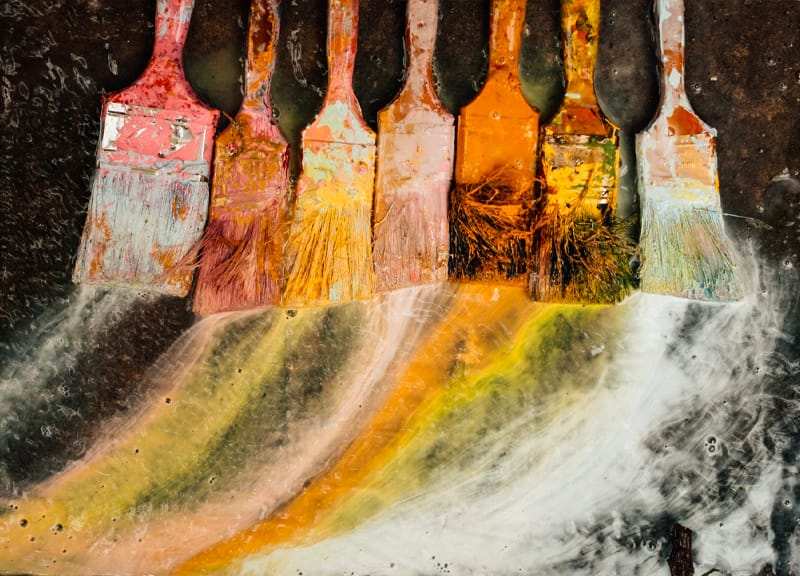Short Of Curriculum Time For Art And Design?
Written by Paul Carney
Published on 3rd July 2020
Last Updated: 24th July 2024
Written by Paul Carney
Published on 3rd July 2020
Last Updated: 24th July 2024

Curriculum time is at a premium and trying to achieve a broad and balanced curriculum experience can be daunting.
But there are ways in which you can still deliver high quality teaching and learning within a squeezed timetable.
The aim of any Art and design curriculum should be looking at covering these five important areas:
You want to be teaching skills and techniques combined with a creative interpretation of those skills. You should always be integrating artists’ work and building some time in to discuss and evaluate what they have done.
When teaching a new skill, take time to embed it and apply it in different situations and at different times. Pupils cannot be expected to learn how to shade if they’ve only done it once or twice in key stage 1 and then once in lower key stage 2. Skills take time and practice if they are to be learned, so if time is tight, focus on doing a few things well, and by that, I mean imaginatively and creatively, not just repeating and drilling a few realistic drawing skills. Drawing is so diverse it might form the focus of a curriculum that is short on time, but if you do it, get children drawing in new and unique ways, exploring abstract drawing, technical drawing, drawing on surfaces and on different scales.
When I taught art on a carousel, I only saw the children for one term every year, and then I had a two-hour lesson. So you need to ensure children are getting key art skills at the right time and that they are progressing as best as they can in this time. You will never get it perfect, but you don’t need to, this isn’t a core subject like maths where every competency needs to be ticked, it is flexible, open and more forgiving. Children will make progress in art from EYFS to upper key stage 2 because they are growing and their dexterity will improve regardless of what you do. What you need to ensure with them is that the knowledge and skills you teach are fully embedded and can be recalled easily and Kapow Primary knowledge organisers will help with this.
You are likely to have 12 or 13 one or two hour lessons per term which makes around 12 to 24 hours of art per term. There is a huge difference in the art you can get done in a two hour lesson compared to a one hour, because of the time it takes to get set up and packed away and the time it takes to get going. But you wouldn’t usually do twice as much work or two different lessons in a two hour lesson, you’d just do the same activity to a greater depth.
Kapow Primary’s Art and design scheme provides an excellent range of art activities from which to select. The lessons are properly sequenced and expertly designed to give your pupils a broad range of activities, incorporate imagination and inquiry and are linked to high-quality, diverse artist links and resources. Expert, robust guidance in progression, assessment and knowledge are provided and you are free to select from these in confidence.
Have a look at our combined long-term plan for Art and design and Design and technology, where we have identified which art lessons to teach if you only teach art in three half-terms. Our condensed plan is also available and ideal for schools that are short on curriculum time.